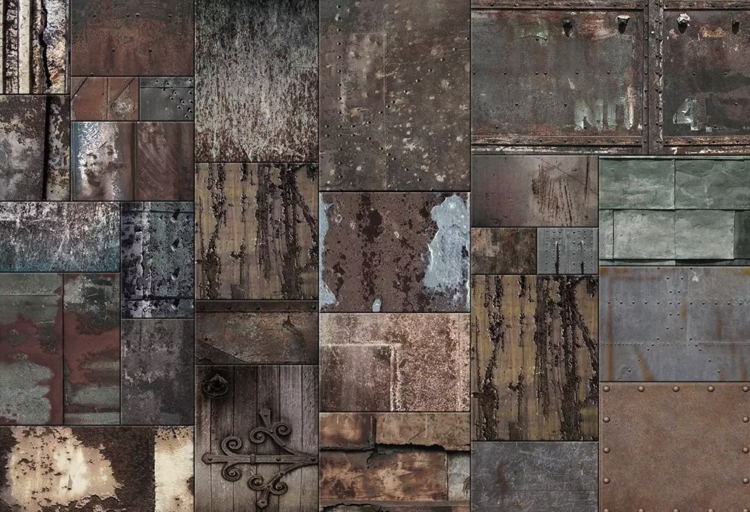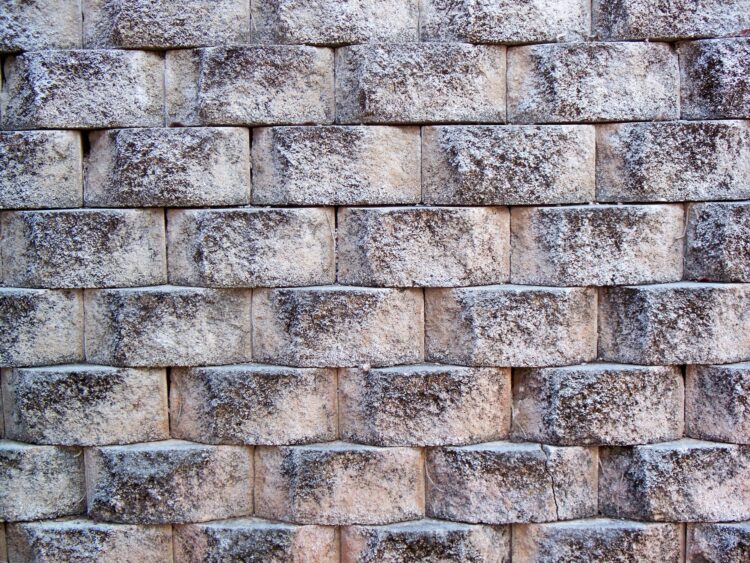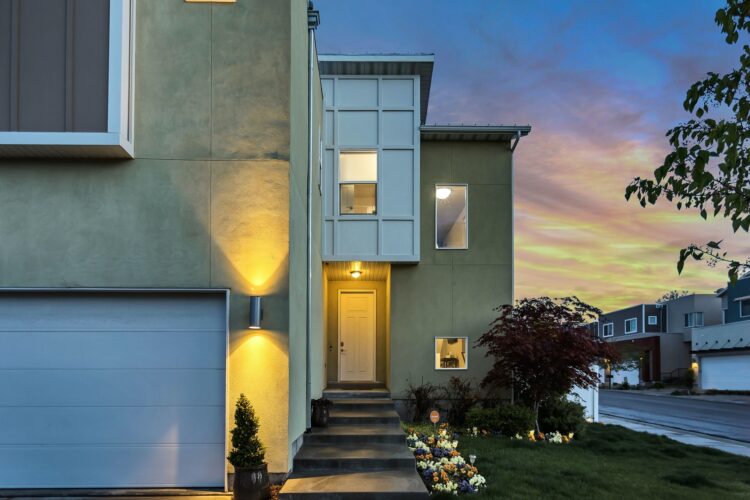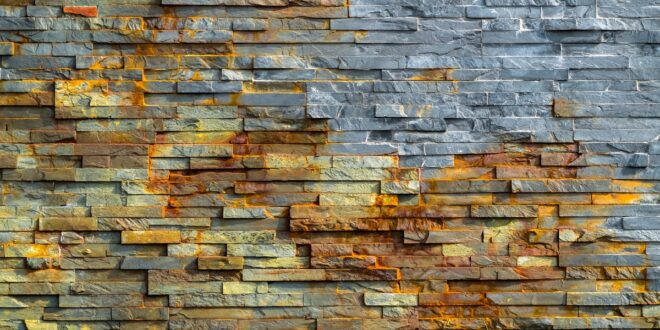Today, stones are handled in resin to last longer through the manufacturing process. These resins are susceptible to certain environmental elements. Temperature variation affects natural stone, as well as other elements.
Types of macro-decay occur due to temperature variations, and the general effects of fire include shifts in the color of stones with iron-containing minerals and soot covers. Typical types of micro-decay involve porosity changes, such as the volume of pore and pore size distribution. These effects may lead to esthetic or structural degradation or both. The shape or consistency of the stone is generally irreversible and permanently modified. Some of those implications start to occur at relatively low temperatures. In general, pore stones as sandstones and some calcareous rocks can endure specific stresses due to temperature rises without losing inherent strength and alter mineralogical properties when the temperature exceeds.
One of the most significant characteristics of natural stones is that they are not alike. Since the stone occurs naturally, it comes in different colors, making it more beautiful. Consider natural stone properties to determine which pieces are best for the job when considering using it for your project.
Effects on Heat and Cold on Some of the Natural Stones

Granite is one of the most robust and typically temperature resistant natural stones. Technology advancement has significantly affected the processing of the stone. Saturnia Travertini is among dealers that ensure natural stone enthusiasts still get the best building materials for their projects. Through the years, granite remains a popular choice for countertops among contractors and homeowners as it withstands heat seamlessly. Although a hot saucepan would not affect the granite itself, wear and damage will occur to the sealant and the finish.
Though granite countertops can withstand a sizzling platter taken straight out of the oven, use mats and trivets to avoid black marks. The temperature difference between the cold stone and a very hot object can also cause a heat shock that fractures the stone, but it is rare. If the sealant on the stone’s surface breaks due to excessive heat, stains could also penetrate.
Marble: Mainly consists of a calcite mineral, with dolomite to a lesser degree. The mineral’s thermal expansion properties cause low porosity and relatively large marble grain sizes. Temperatures below 100°C may damage marble surfaces severely. Marble can crack and even form mold during winter. When used for flooring, marble is naturally cold. If exposed to minus zero temperatures, its structure won’t hold for long.

There is no therapy to prevent the matting of marble or its loss of glass. Instead of a time consuming re-polishing procedure, you may consider refreshing the coloring with single component chemical agents. Color intensifier agents improve all stones’ natural color and structure, though advanced impregnators penetrate the material’s surface. The stone retains its respiratory capacity.
Limestone does not have the same heat resistance as granite. This means limestone countertops are affected by heat exposure. Excessive heat can cause thermal shock, which fractures the stone, but even hot pans can change color or damage the surfaces. Hot utensils will cause scratches on softer stones surface.
Limestone surfaces also risk permanent damage when exposed to frost and thaw. Celestone is more frost-sensitive than hard stones (for example, granite). Impregnation is needed to reduce the stone from chipping and weathering, as the stone’s vapor permeability is preserved during the process. The layer shaped sealers are not affected. Such sealing agents can close the surface and not allow moisture to evaporate from the back. Moisture can turn the precise color of the sealing surface layer into a blind, milky white texture. Water trapped may also freeze and fracture the material on the surface in the case of frost. Thus, surface treatments in outdoor conditions are not appropriate for layer forming sealing.

Quartz is quickly gaining popularity because the surface is highly stain resistant, attractive, and permanent. While quartz is thermal-resistant, counters made from this material are not thermal-resistant. The vast majority of quartz countertops are manufactured of ground quartz and resin. When exposed to intense heat, the resin can become discolored. It is crucial to protect your quartz surface using trivets below hot objects to avoid discoloring and stains.
Quartzite is a metamorphic rock that occurs naturally. It is created when extreme heat and high pressure induced in the earth’s crust by tectonic compression render the grains crystalline and form an interlocking mosaic of quartz crystals within a pure quartz sandstone. Quartzite is one of the most durable natural stones on the market. It is resistant to heat and cold when exposed to extreme temperatures without cracking or other damaged. Quartzite surfaces are very wear-resistant and can perfect in heavy traffic and harsh conditions. Even after several years of heavy use, quartzite products are easy to clean and beautiful.
Sandstone: Iron-bearing rocks, minerals can be oxidized by expansion and alteration of the clay particle structure. Dehydration of iron-containing compounds at about 250-300°C induces a color change in sandstone. Structural changes may start at temperatures of up to 250°C and up to 600°C depending on clay minerals. Calcination may also occur at a temperature of 600°C. Like granite, expansion, and breakage of quartz appears at 573°C causing permanent shifts.
Conclusion
The effect of cold and heat on natural stone is dependent on the stone structure, the density of the material, and the intensity of the changes. Other materials such as marble come with a price tag but still delicate. The effect of heat and cold is directly related to maintenance practices applied to the material. Sealing the stones regularly helps reduce such effects.
Homeowners need to understand the resistance levels of the different natural stones to use the material in the right places for durability. Care and management of the surfaces and materials are extremely crucial for the best result and service.
 Hi Boox Popular Magazine 2024
Hi Boox Popular Magazine 2024



